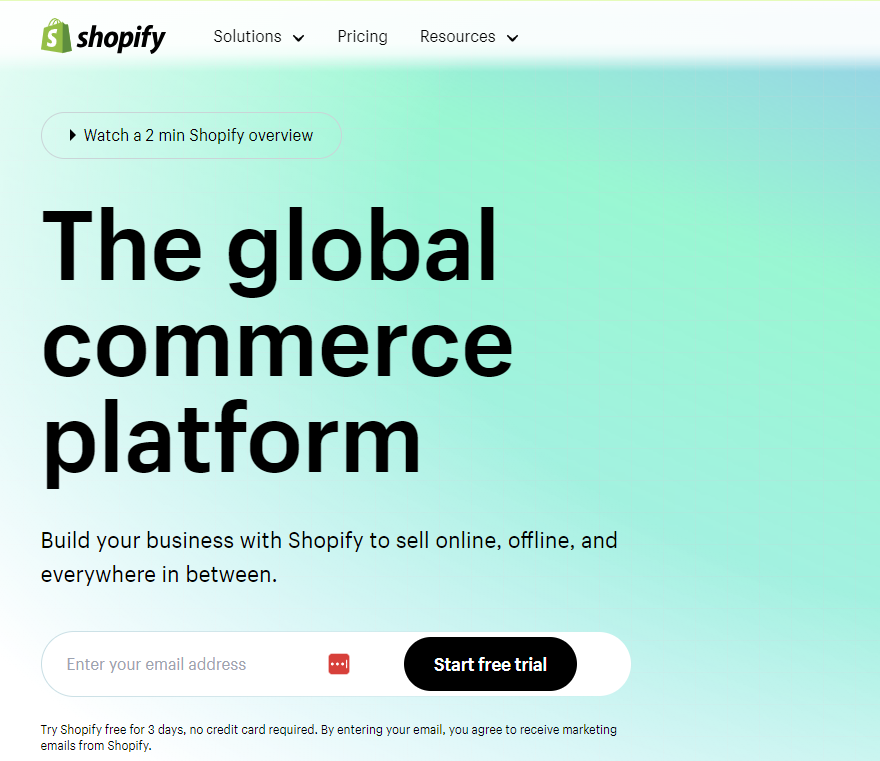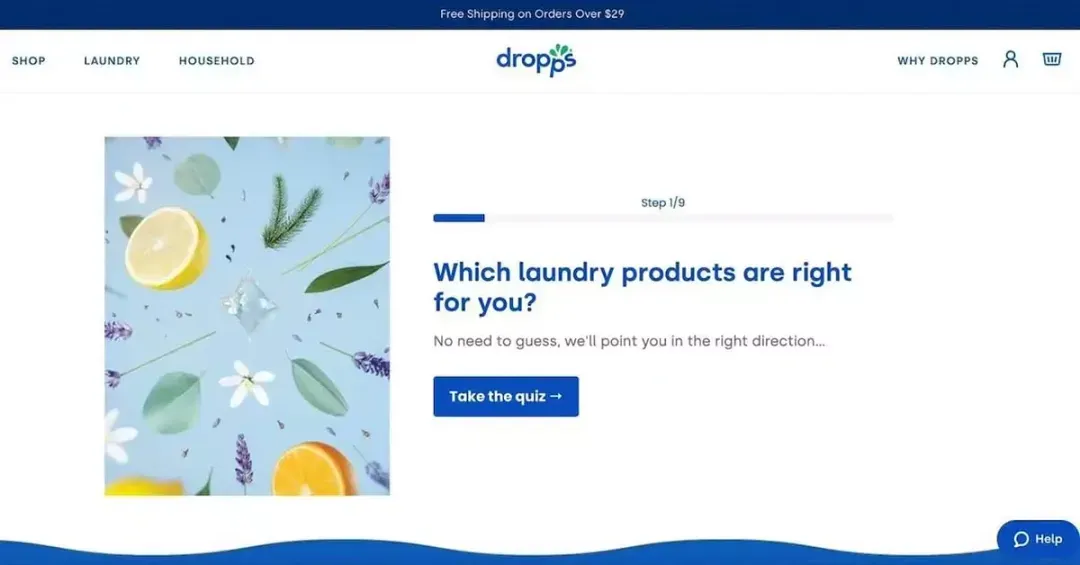10 Zero-Party Data Examples and How to Use Them
Imagine a world where customers willingly share their information with brands, not out of obligation or hidden agendas, but because they genuinely want to. It's like building a relationship based on trust and mutual understanding. This is the power of zero-party data, the secret ingredient to unlocking better customer feedback and creating personalized experiences.
We're going to take a deep dive into the fascinating realm of zero-party data. We'll explore ten real-world examples that showcase how customers willingly offer their information to ensure they get the best purchasing experience possible. But before we jump into these exciting examples, let's get a clear understanding of what zero-party data really is and why it's causing such a stir in the digital marketing world.
What is Zero-Party Data?
The concept of zero-party data was introduced in 2020 by Forrester Research. F.R. defines zero-party data as data proactively, willingly, and intentionally shared with a brand.
As major web browsers prepare to eliminate or phase out third-party cookies in 2023, zero-party data is getting a second look from various online brands and businesses that previously relied on traditional digital marketing and sales strategies.
Zero-party data is the perfect tool for launching a new cookie-less marketing strategy because its philosophy is far more simple and far more direct than third-party collection.
Rather than invest in a complicated tracking system that brands hope will produce actionable and valuable data insights, zero-party data goes directly to the source - your customers - and instead asks them the most burning questions coming out of your marketing department.
Zero-party data collection also eliminates the guesswork when it comes to personalized experiences and product recommendations, allowing brands to nail two of the quickest-growing desires of online consumers.
In short, zero-party data collection (when done correctly) has the potential to produce more useful and accurate data than earlier strategies, allowing brands to build more effective campaigns than ever before. Maybe that’s why nearly half of marketers say zero-part data is their new favorite solution in their toolkit.
10 Examples of Zero-Party Data
Now that you’re up to speed on the fundamentals of zero-party data, let’s take a look at a few real-world examples.
1. Communication Preferences
Communication preferences are the preferences consumers show regarding which channels are used to communicate with a brand or business. Communication preferences also include details like when, how, and where messages are delivered.

Capturing communication preferences is vital for effectively personalizing your digital marketing outreach efforts. Reaching out to customers using their preferred channels - whether that’s SMS, email, phone call, or social media - helps keep customers engaged and happy when receiving a notification from your brand.
2. Customized Product Preferences
Product preferences are the subjective tastes and predispositions that make a consumer more or less likely to use your brand’s products over a competitor’s.
By capturing zero-party product preference data, brands are empowered to tailor their messaging, future products, and more to the wishes of their customers. Improving your product preference is a surefire path to building brand equity - an increasingly important metric in the fast-paced, increasingly competitive business landscape.
3. Post-Purchase Survey
Post-purchase survey marketing is one of the best strategies for quickly and easily capturing zero-party data. The best post-purchase surveys generate response rates at 3x the industry average - that’s north of 50%.
Implementing post-purchase survey marketing can provide brands with rock-solid, grassroots attribution and consumer data that can be leveraged into more effective marketing campaigns and personalization options.

Post-purchase surveys also benefit from their plug-and-play nature, allowing brands and businesses to implement new surveys with zero coding or programming.
4. Gated Forms
Gated forms are a tried-and-true strategy that places valuable content like videos, white papers, and case studies behind a contact form.

This form typically requires a name and email address to access the content. However, many gated forms include additional information to enhance brands’ ability to analyze their site traffic, visitor behaviors, and demographics.
5. Identity-Based Offers
Identity-based offers generate excitement by creating an offer that targets a specific segment or demographic of your larger consumer community.
Many consumers will gladly self-identify with a group or community when an offer is involved - after all, not only are they getting recognized by one of their favorite brands, they get a discount too! And while they enjoy their discount, brands and businesses can enjoy using the new data insights they’ve collected to refine their marketing message.
Identity-based offers are also an excellent strategy for brands that want to attract a certain demographic of consumers. For example, if you know elementary school teachers and nurses have a higher than average retention rate, running an identity-based offer that targets those professions can pay off significantly.
6. Loyalty Programs
Loyalty programs are another fantastic zero-party data collection strategy. By offering exclusive perks to loyal customers that create an account, brands can encourage consumers to share information about themselves without imposing data collection upon them.

This is a crucial feature of all zero-party data collection strategies. 83% of consumers are willing to share their personal information for personalized perks and programs, but only when there is a clear and beneficial value exchange for their information. Loyalty programs fit this bill perfectly!
7. Membership Programs
Membership programs are like loyalty programs with a wider net. Brands create membership programs that leverage personalized experiences into zero-party data from their membership program “insiders.”
Well-designed membership programs can be a treasure trove of zero-party data. By encouraging your most engaged customers (that self-selected by joining your membership program) brands can elicit a wide range of feedback on everything from marketing messaging to product launches.
8. Online Quizzes
Interactive quizzes can help brands get into the minds of their customers.

By strategically designing quizzes to elicit certain responses, brands can capture demographic data, data that improves product recommendations, and authentic, grassroots feedback that can be used to fine-tune marketing campaigns.
9. Specifying Purchase Intentions
Purchase intentions refer to the probability of a consumer buying your products.
Zero-party data tools like surveys and quizzes can help brands grow their understanding of their site traffic, buyer behaviors, and buyer personas.
10. Website Registration
Website registration is another easy path toward capturing actionable zero-party data.

Brands can easily implement and encourage website registrations by offering perks like discounts and new product alerts; then use the registration process to gather valuable personalization data that keeps your customers engaged with your brand.
FAQs About Zero-Party Data Collection
When is the best time to gather zero-party data?
The best time to gather zero-party data is immediately post-purchase. Consumers are more primed and willing to share personal information after a positive buying experience with a brand or business.
Post-purchase surveys are an excellent tool for capitalizing on zero-party data collection after making a sale.
How does zero-party data relate to GDPR?
Since zero-party data is provided intentionally and willingly, its collection does not clash with GDPR regulations.
The transparent and mutually beneficial nature of zero-party data collection is one of its major benefits compared to third-party cookies - leading some to call zero-party data the future of privacy-first advertising.
Where should I store zero-party data?
Since zero-party data still contains the personal and often private details of your customers’ lives, it’s important to securely store any and all zero-party data collected.
Brands should be careful to follow the best cybersecurity practices to avoid any security leaks that could harm their customer’s privacy and the brand’s trustworthiness.
Should I collect zero-party data from all customers?
Collecting zero-party data shouldn’t be viewed as a blanket tactic - instead, it should be used to connect with and learn about repeat, identified customers .
Providing personalized experiences for every anonymous browser would be too time-intensive and have too low a potential ROI for implementation.
Can you be sued for collecting zero-party data?
While purchasing and collecting third-party data can be rife with potential lawsuits, zero-party data eliminates privacy concerns by gathering data directly from the source - your customers.
Ready to Harness the Power of Zero-Party Data?
Collecting zero-party data empowers brands with valuable, actionable, and operationalizable insights into the success of their attribution and marketing channels.
With third-party data headed the way of dial-up, businesses that rely on online sales need to pivot towards strategies, techniques, and tools designed for the future of digital marketing.
Post-purchase surveys, website registrations, quizzes, and gated forms will all play increasingly important roles in gathering the crucial marketing insights and customer data that drive advancements in product and experience personalization.
If you’re interested in witnessing the power of zero-party data collection firsthand with no strings attached, click here to sign up for our 14-day free trial.
Want to learn how to set up your post-purchase survey for your brand? Read more here.










